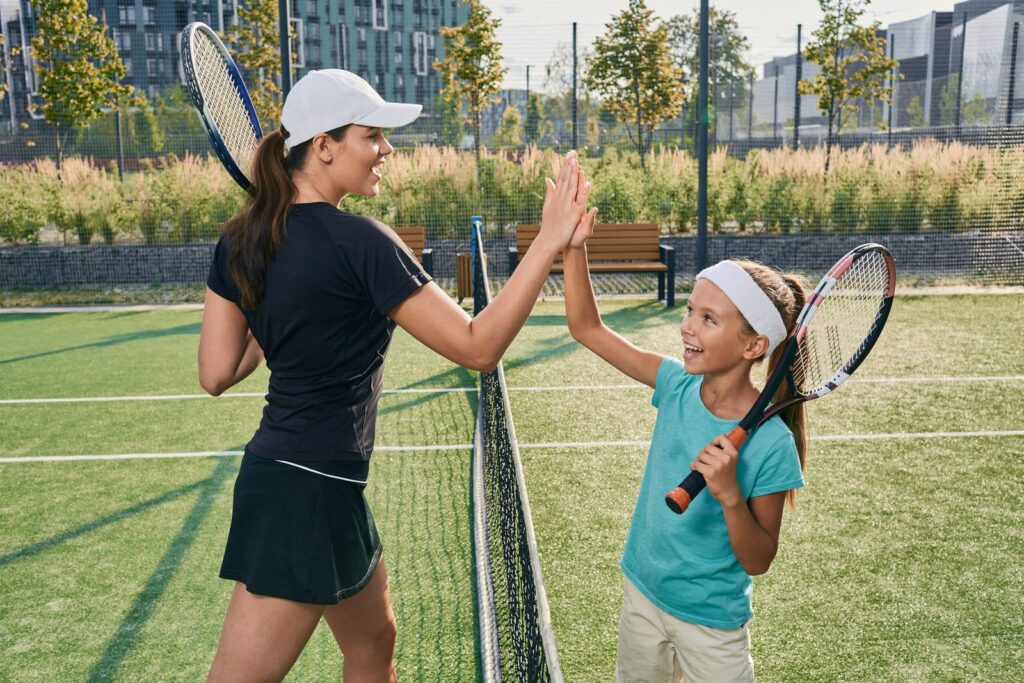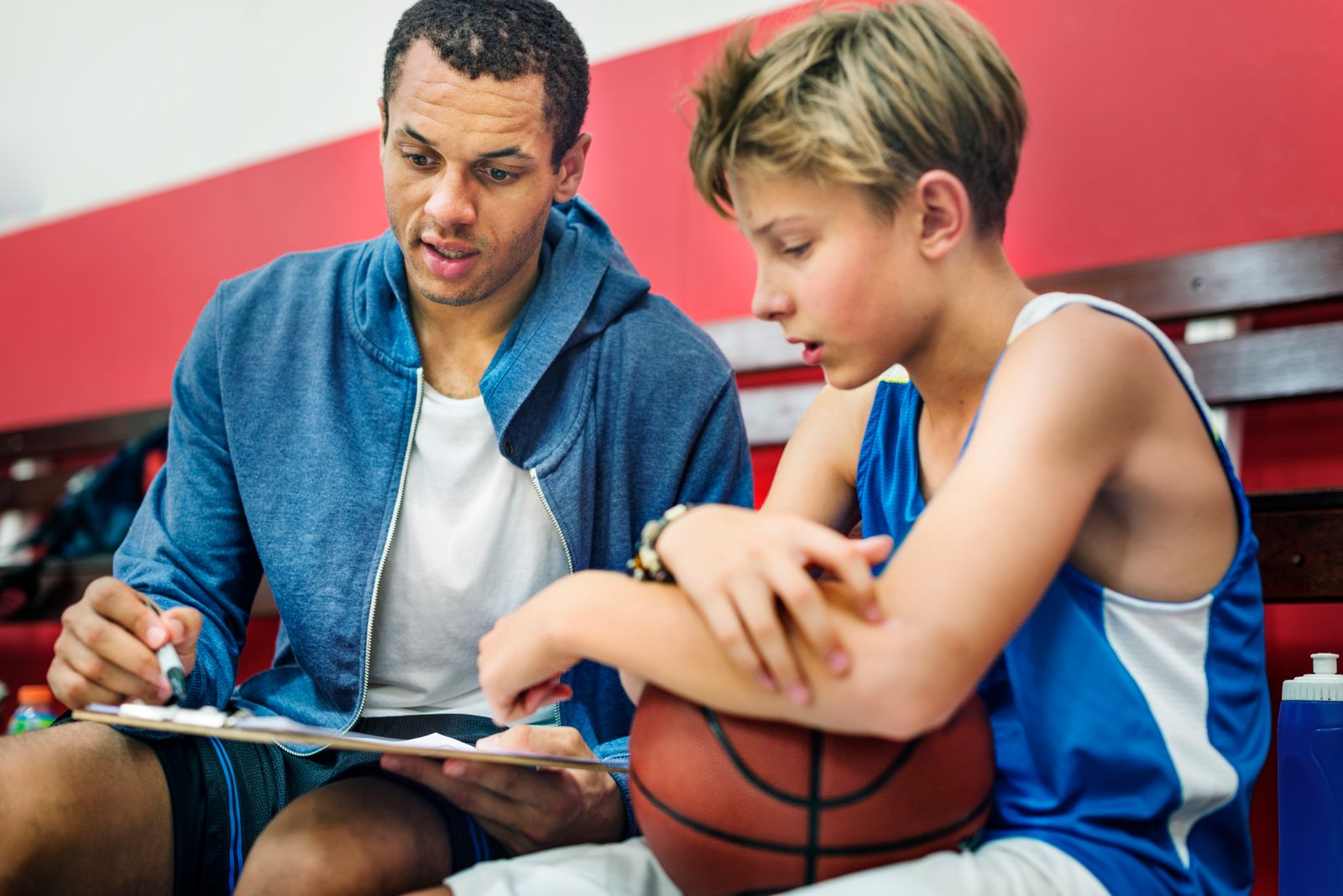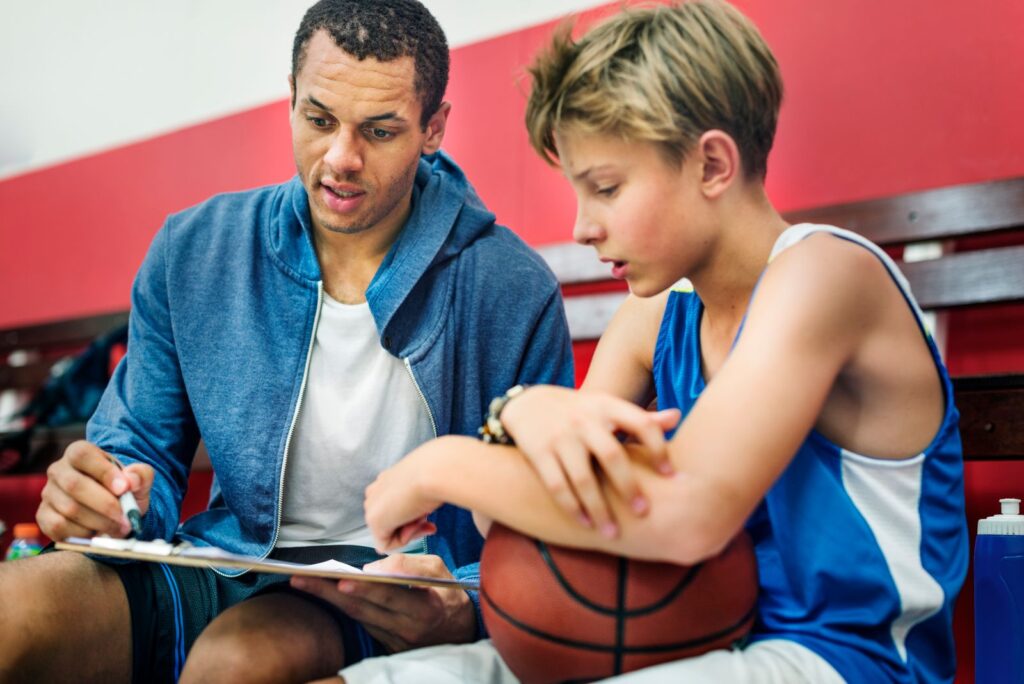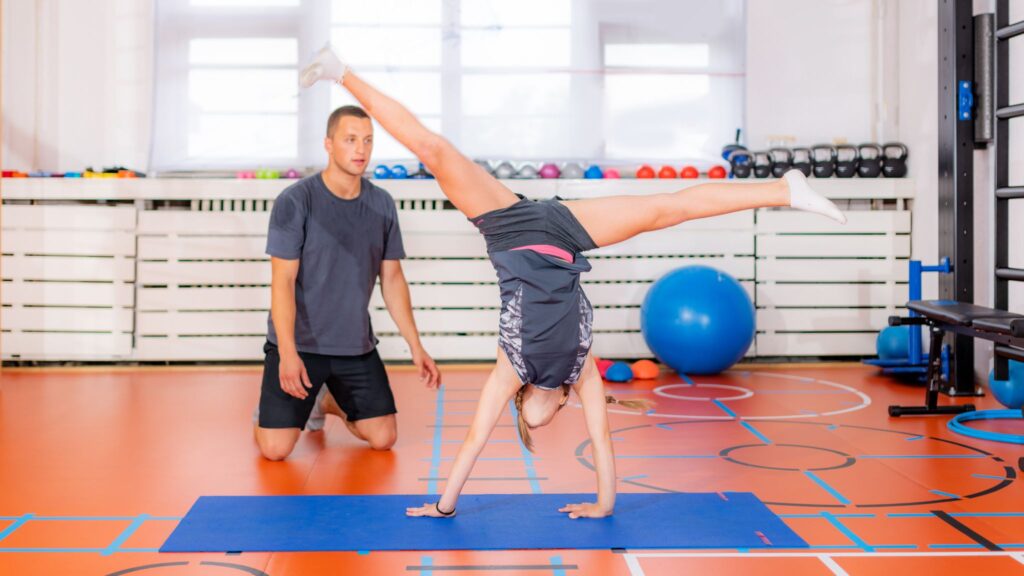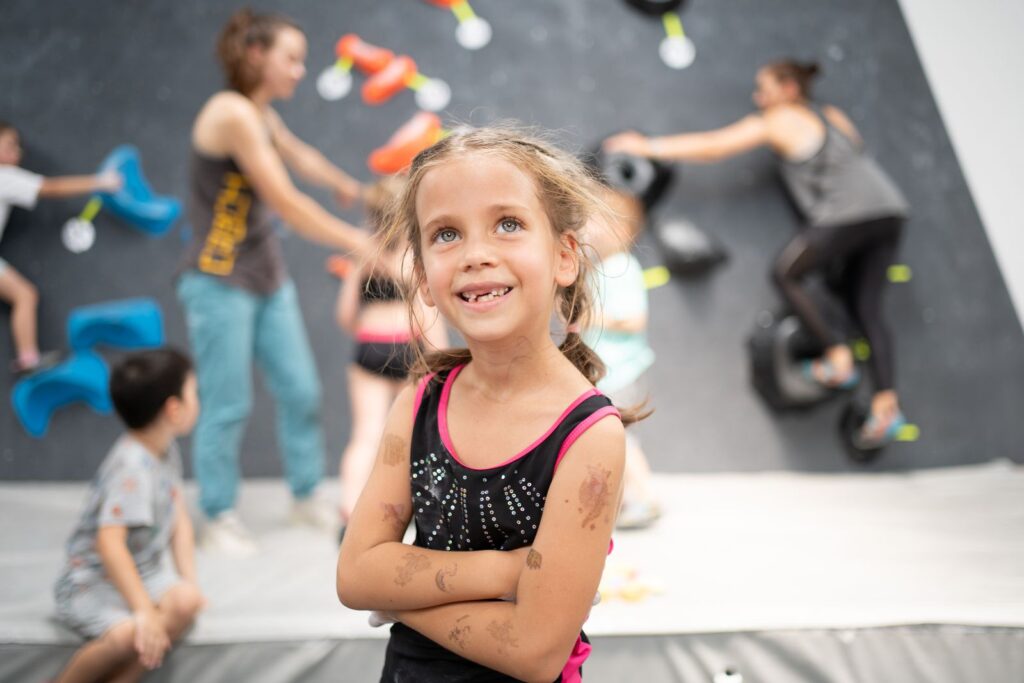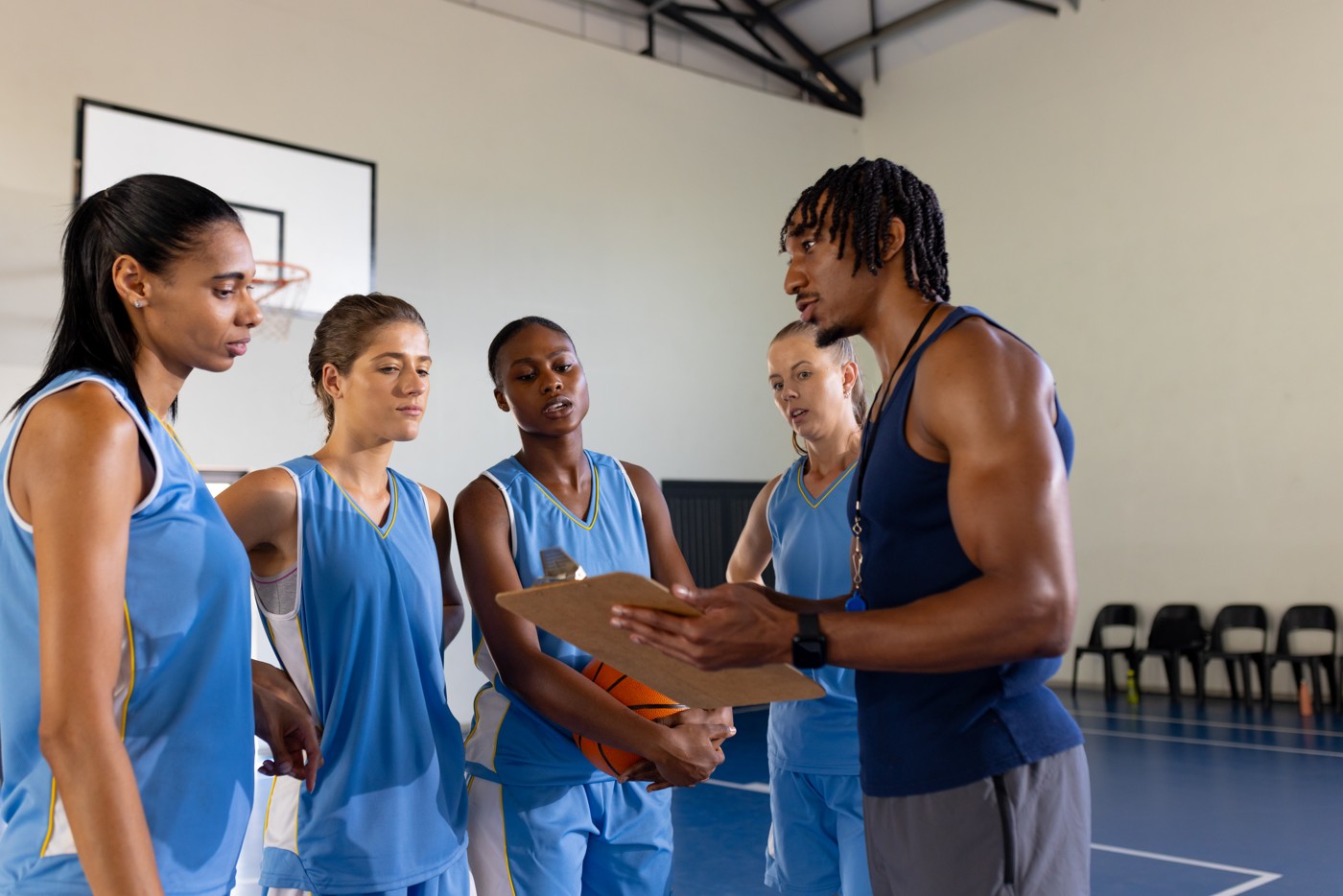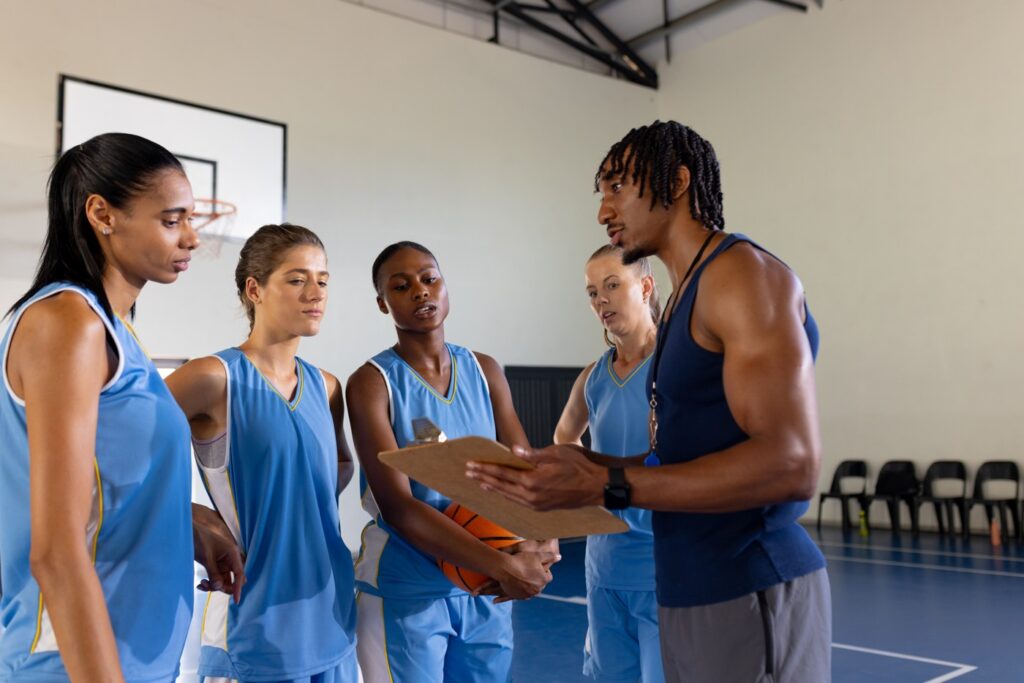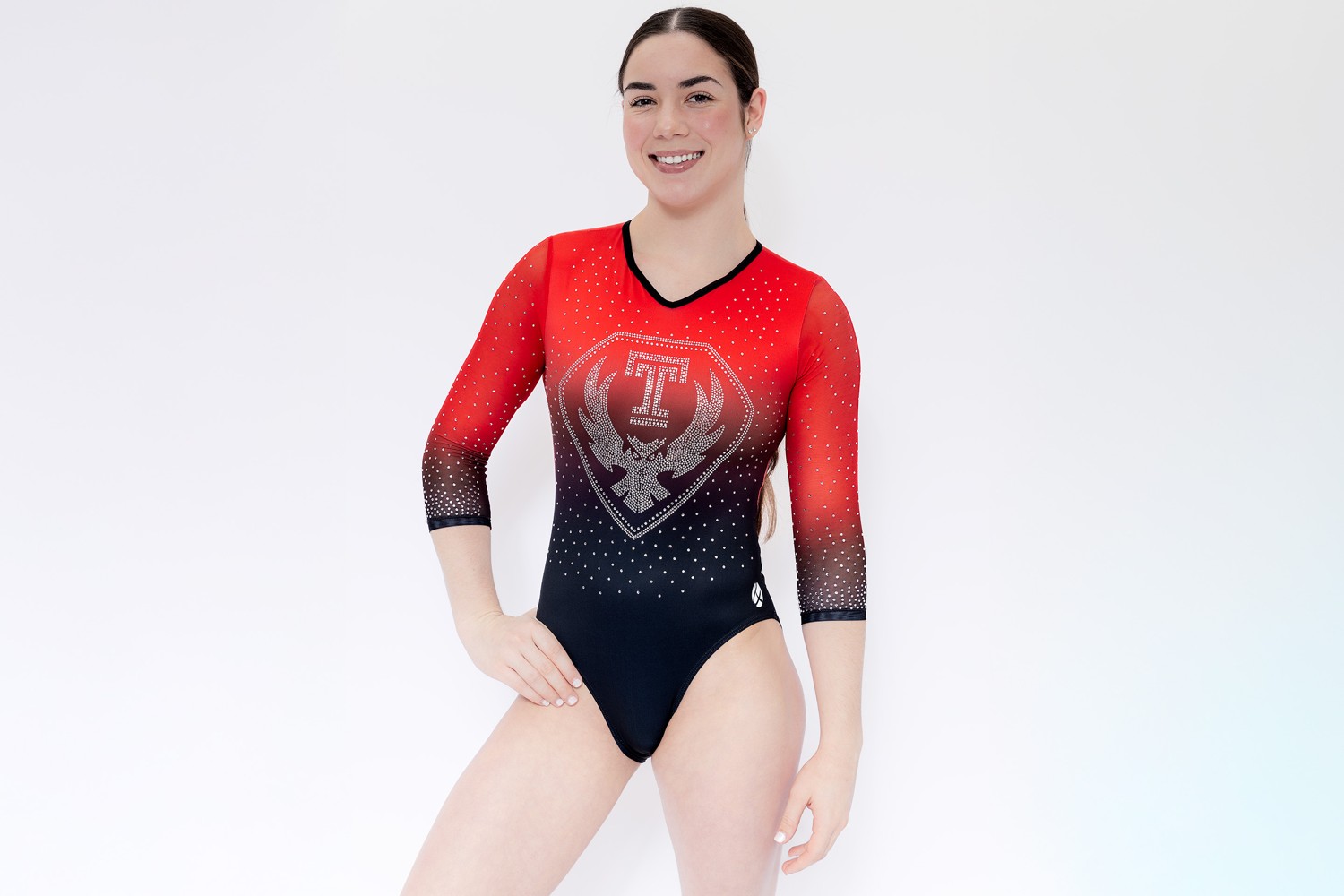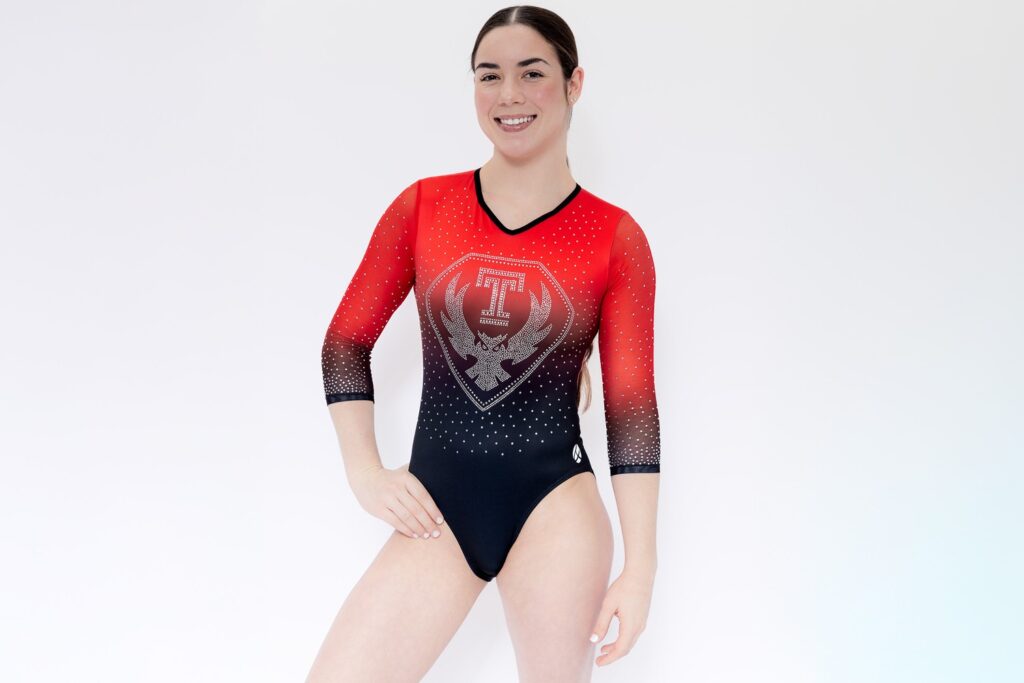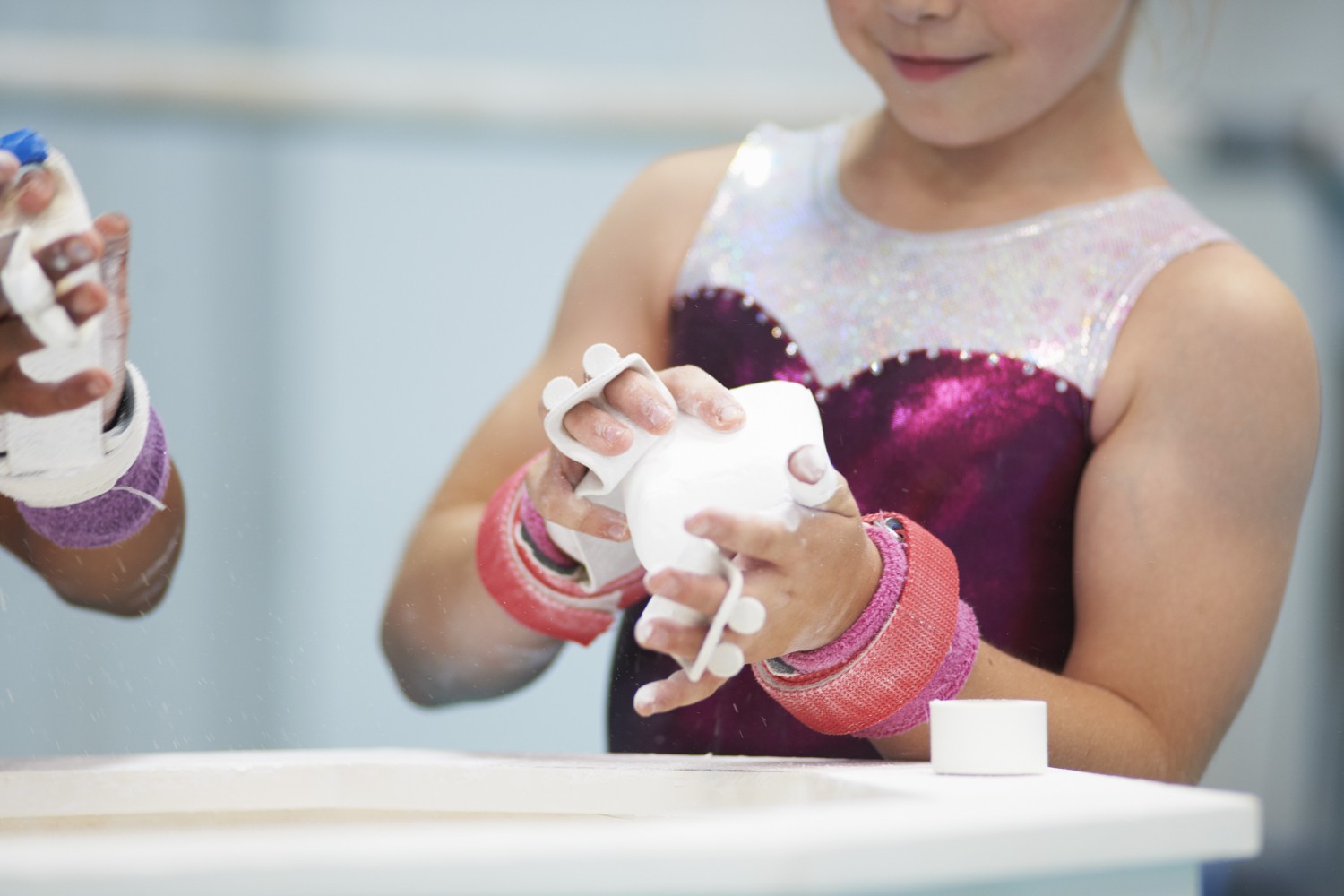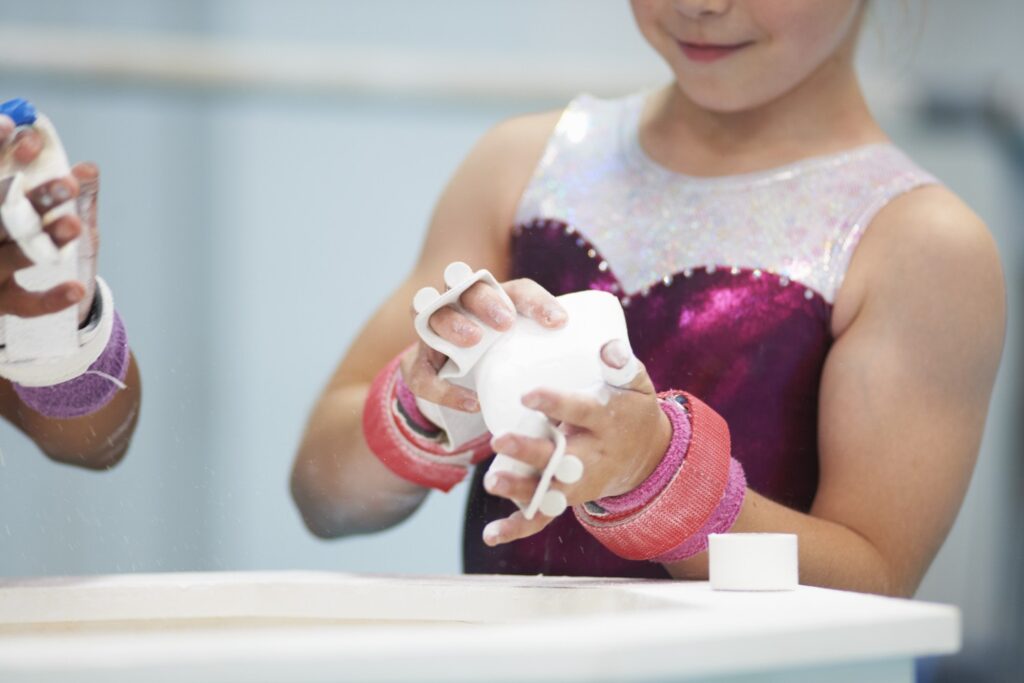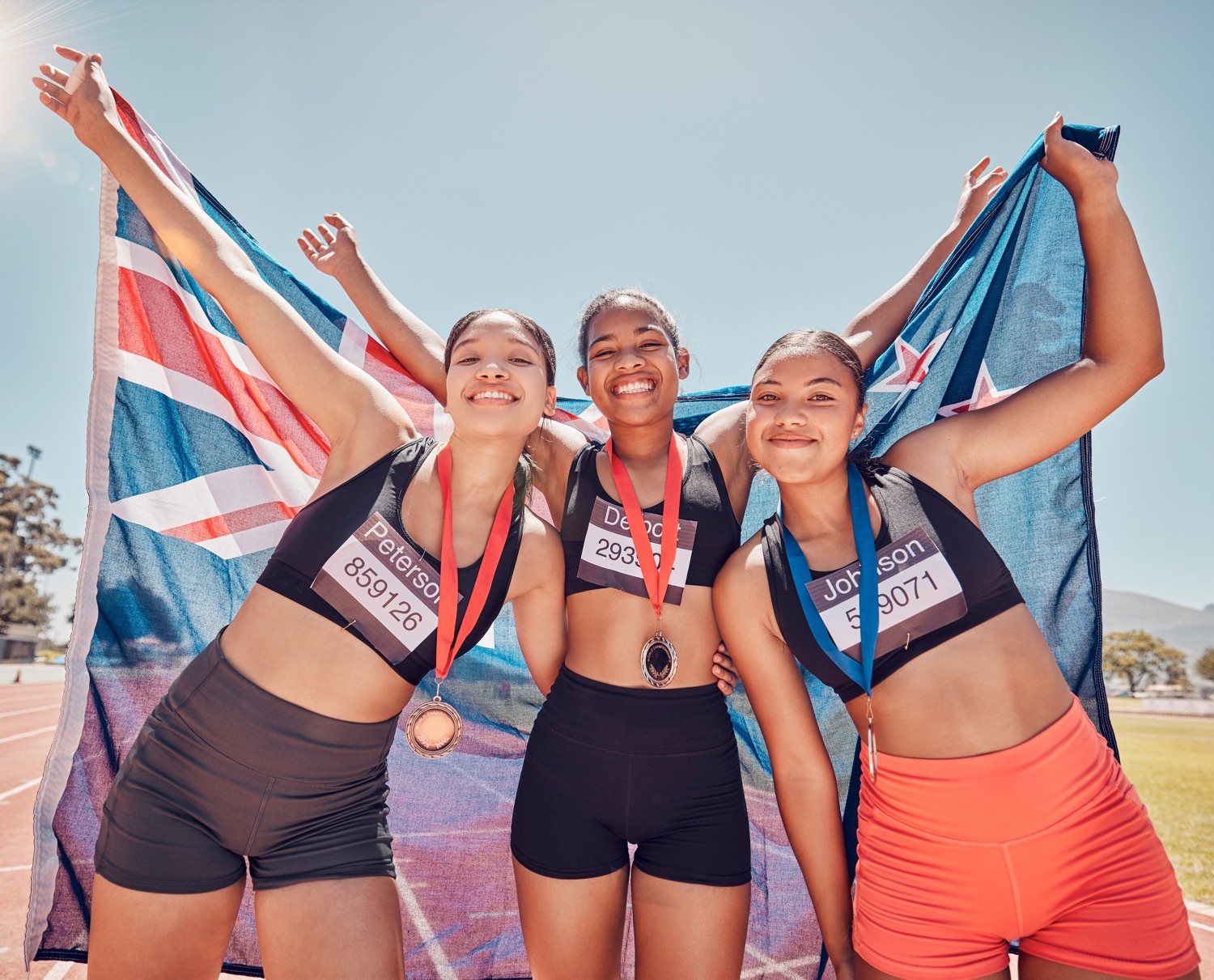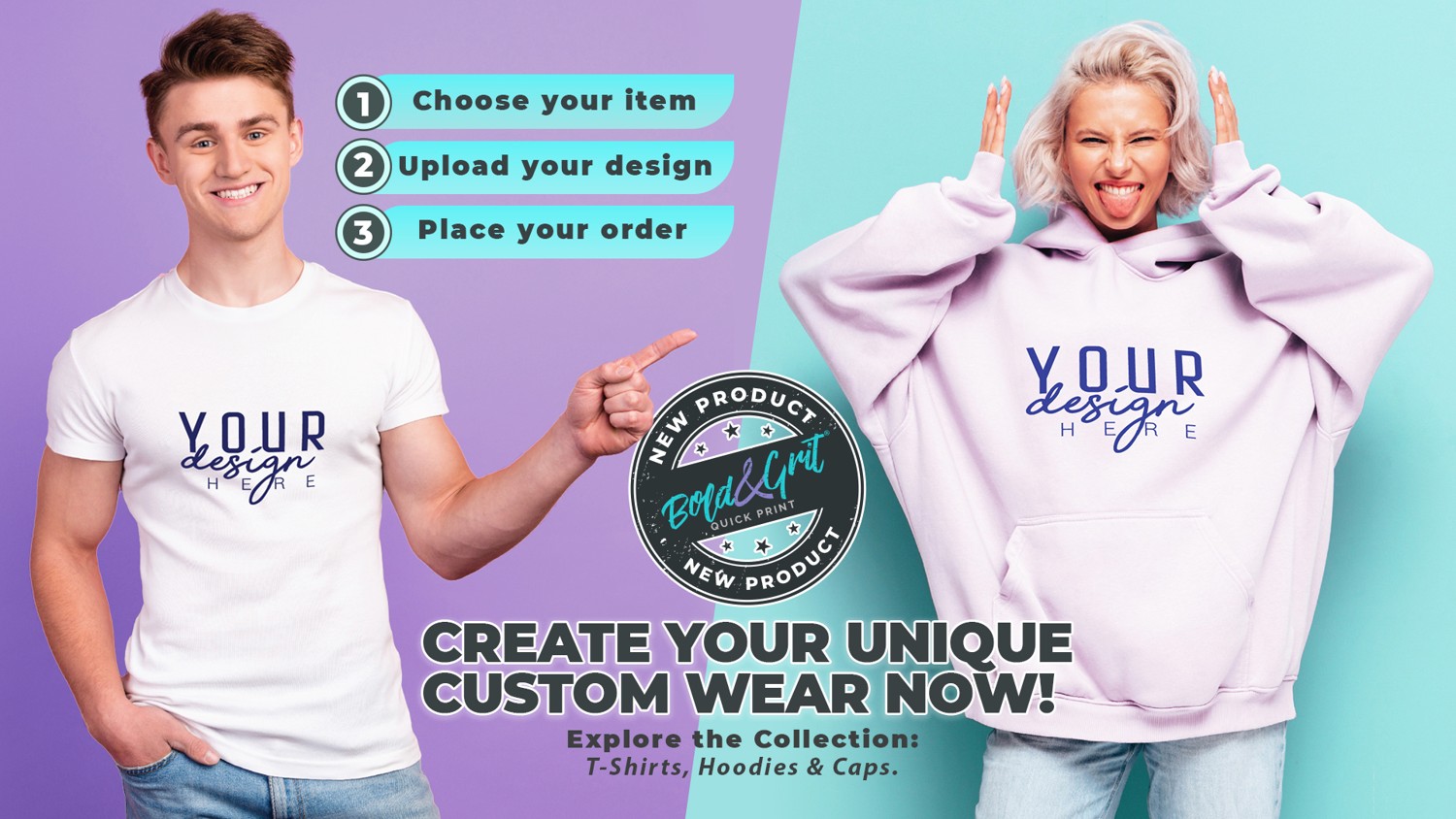As a gymnastics coach, you know that every detail counts, especially when it comes to uniforms. A leotard that fits perfectly can boost an athlete’s confidence, support their performance, and ensure they feel comfortable and unrestricted during every flip, twist, and routine. But finding the right size isn’t always easy. Athletes come in all shapes and sizes, and what works for one gymnast may not work for another.
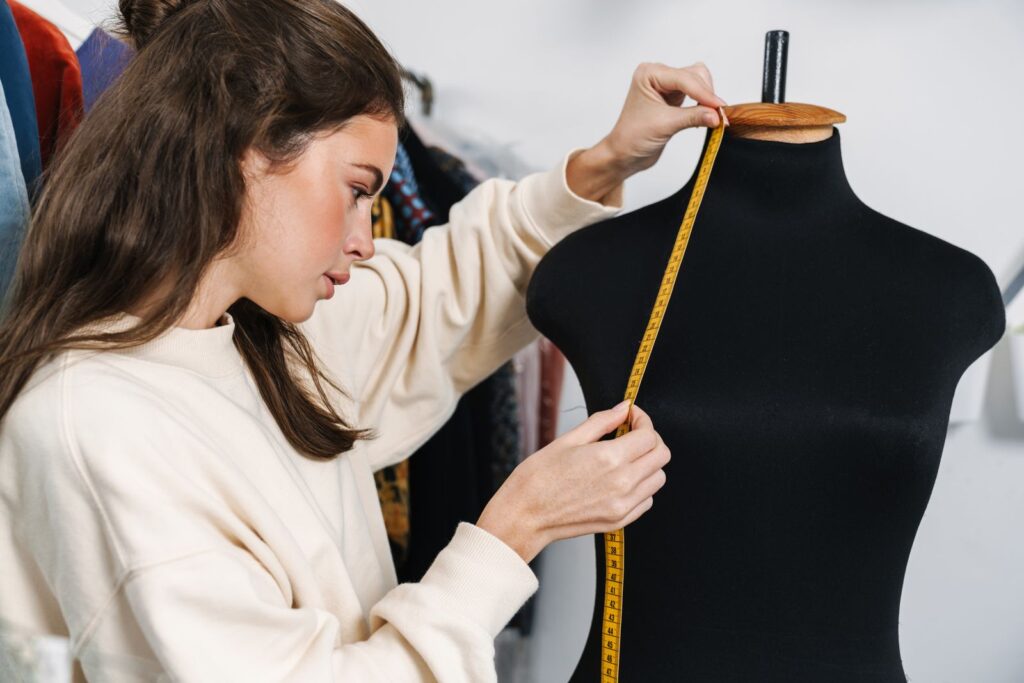
That’s why we’ve created this guide to help coaches take the guesswork out of sizing. From our sizer sets designed to eliminate errors to special fits for athletes with longer torsos, we’re here to help you find the perfect leotard for every gymnast on your team.
Why Getting the Right Fit Matters
Before we dive into sizing solutions, let’s talk about why the perfect fit is essential. A well-fitted leotard offers more than just aesthetic appeal—it directly impacts performance and safety.
Here’s why the right fit matters:
• Comfort: A leotard that’s too tight can restrict movement, while one that’s too loose can be distracting or even dangerous during routines.
• Confidence: When gymnasts feel comfortable and secure in their gear, they perform with greater confidence.
• Durability: A properly fitted leotard will endure wear and tear better, maintaining its shape and support over time.
• Professional Appearance: Uniformity in fit creates a polished, cohesive team look—an added bonus during competitions.
Simplifying Sizing with Our Sizer Sets
One of the biggest challenges for coaches is figuring out leotard sizes for an entire team—especially when athletes grow quickly or fall between standard sizes. That’s where our sizer sets come in.
What Is a Sizer Set?
A sizer set is a full collection of leotards or warm ups in every available size, allowing coaches to have athletes try on different fits before placing an order. This hands-on approach removes the guesswork and minimizes sizing mistakes.
Why Coaches Love Our Sizer Sets:
• Try Before You Buy: You’ll know exactly what size fits each athlete—no more guessing based on measurements alone.
• Efficient Process: Fitting athletes before placing your order streamlines the process and reduces the risk of returns or exchanges.
• Accuracy Guaranteed: You’ll have peace of mind knowing each gymnast has the perfect fit from the start.
How to Use a Sizer Set:
1. Schedule a fitting session with your athletes.
2. Have each gymnast try on different sizes from the set.
3. Take notes on comfort, fit, and any adjustments needed.
4. Place your final order with confidence, knowing every athlete will receive the perfect size.
We’ve Got Long Torsos Covered Too
Every gymnast’s body is unique, and for athletes with long torsos, finding a comfortable leotard can be especially challenging. A standard leotard may feel too tight, pull uncomfortably at the shoulders, or restrict movement—none of which should be distractions during practice or competition.
Our Solution for Long Torsos:
We offer specially designed leotards tailored for gymnasts with longer torsos. These leotards provide extra length without compromising on fit or performance, ensuring:
• Better Comfort: No more uncomfortable pulling or adjustments mid-routine.
• Full Range of Motion: Extra length gives athletes the flexibility they need to perform at their best.
• Secure Fit: Designed to stay in place, even through intense movements.
If you have athletes who frequently mention tightness in the shoulders or discomfort during stretches, our long torso options might be exactly what they need.
Tips for Coaches When Fitting Uniforms
Even with a sizer set, there are a few things to keep in mind to ensure the best possible fit for every gymnast:
1. Check Mobility: Have gymnasts move through basic skills—stretch, jump, and twist—to ensure full range of motion.
2. Look for Gaps or Bunching: A well-fitted leotard should lay flat without excess fabric or pulling.
3. Consider Growth: For younger athletes, leaving a little room for growth can save you from sizing issues mid-season.
4. Ask for Feedback: Comfort is personal. Make sure athletes feel confident in their fit.
Why Fit Matters for Your Team’s Success
As a coach, ensuring that every athlete feels comfortable and supported in their leotard is just as important as designing effective training sessions. A perfect fit boosts confidence, enhances focus, and allows gymnasts to fully immerse themselves in their routines without distractions.
With our sizer sets and special leotards for long torsos, finding the perfect fit is easier than ever. Say goodbye to sizing guesswork and hello to confident athletes, ready to shine on the mat!
Ready to get started? Reach out to us today to learn more about how our sizing solutions can help your team perform and feel their best.



